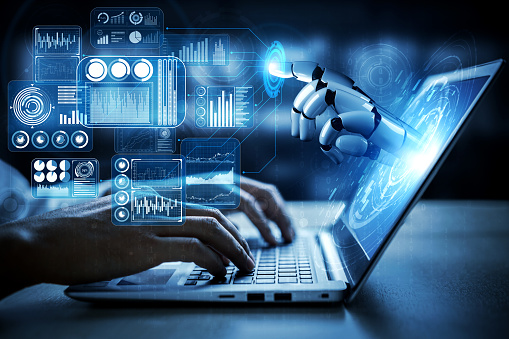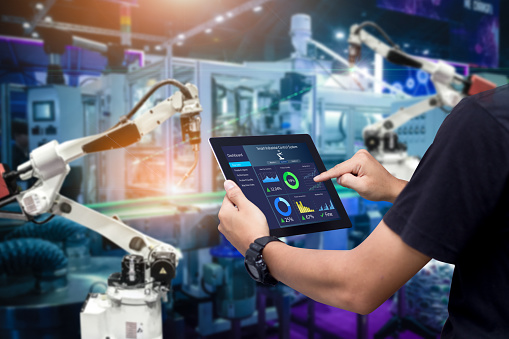Mechanization, the utilization of machines and programming to perform errands that were recently finished by people, has been a developing pattern in numerous ventures. While mechanization can prompt expanded proficiency and lower costs, it additionally essentially affects the labor force.
One of the main effects of robotization is work dislodging. As machines and programming become more fit, numerous normal positions that were recently performed by people should now be possible by machines. This implies that a few specialists might think of themselves as unemployed or need to retrain for new positions.
One more effect of robotization is a change in the kinds of positions accessible. While certain positions might be dispensed with, new positions will likewise be made as organizations adjust to new innovations. In any case, these new positions might require various abilities or levels of training, and may not be available to all laborers.
Moreover, mechanization can prompt changes in how work is finished. A few errands might be totally computerized, while others might be to some degree robotized, expecting people to work close by machines. This can prompt changes in the idea of work, with a more prominent accentuation on abilities like critical thinking and joint effort.
Generally speaking, the effect of robotization on the labor force is intricate and diverse. While computerization can bring many advantages, including expanded proficiency and lower costs, it additionally altogether affects laborers and the kinds of positions accessible. As mechanization keeps on propelling, people and associations should be proactive in adjusting to these changes.




0 Comments